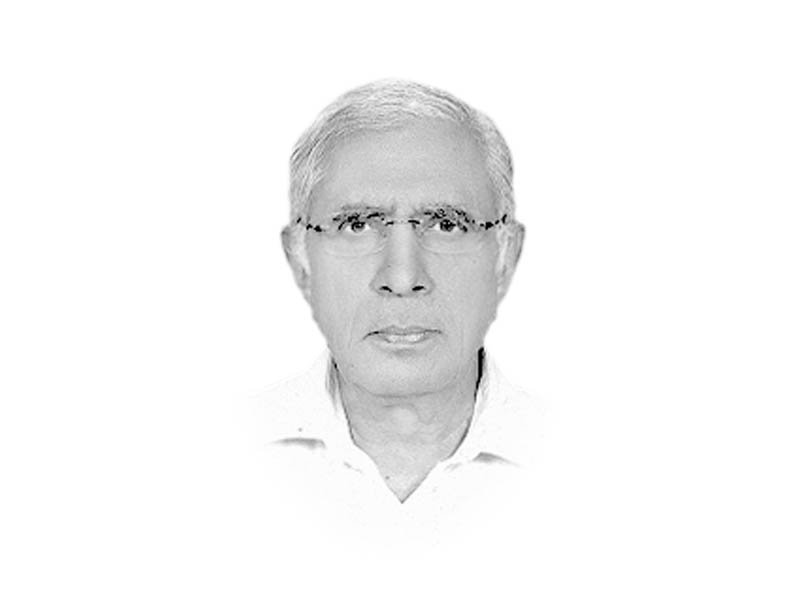
We need to have adequate supplies of exportable surpluses of goods in demand in global markets to use the rupee’s exchange rate to maximise our export earnings. And that is perhaps where we have consistently failed. We have exportable surpluses in a couple of commodities that do not fetch us any significant amount of export earnings and our value-added exportable surpluses not only are limited to a few items but the value addition itself has remained too nominal.
One could get a good idea about our export potential by taking a quick glance at the list of our main exports: cotton and knitwear (28% of total exports); bedwear, carpets and rugs (8%) and rice (8%). Others include leather, fish, sports goods and fruits and vegetables. This list has remained almost unchanged over many decades. Our main export partners have also remained unchanged: the US (15% of total exports), the UAE (10%), Afghanistan (9.5%), China (9%), the UK (3%) and Germany (2%). And here is a list of our main imports: machinery, petroleum and petroleum products, chemicals, transport equipment, edible oil, iron and steel, fertiliser and tea. These items account for over 70% of total imports. Among these categories, machinery, petroleum/petroleum products and chemicals account for over 50% of total imports. This list too has remained unchanged over many decades.
An over-valued rupee invariably ends up subsidising imports, encouraging unnecessary imports leading to worsening of trade deficit. This without fail enhances current account deficit to cover which we are forced to borrow. This increases the debt burden. And in case the country at some point in time is forced by domestic and/or global circumstances to devalue the rupee to its realistic worth the debt burden without fail would skyrocket as a consequence.
So, while a realistic exchange rate of the rupee does not guarantee an automatic spurt in exports, it would certainly discourage unnecessary imports, which in turn would hopefully encourage conservation and efficient use of expensive imports.
Currently, we enjoy a number of comparative advantages: 1) We are an agricultural country; 2) We are a market of over 200 million consumers; 3) Pakistan is located at the crossings of trade routes from Casablanca in Africa to Kashgar in West China’s Xinjiang Uyghur autonomous region and from Thailand in Southeast Asia to Turkey beyond the Middle East; 4) China and Pakistan are engaged in building a 3,000km economic corridor connecting Kashgar in China to the port of Gwadar. And one cannot also rule out the possibility — in a couple of years — of overland transit trade route through Pakistan linking India with Afghanistan and beyond to Central Asia.
These advantages can be exploited to the maximum if we become a warehouse/trans-shipment economy rather than continue to hanker for an industrial economy. This would require a well-thought-out trade policy that would allow almost free-of-duty entry of raw materials, intermediaries and equipment in knock-down condition to be warehoused in Pakistan and then forwarded to final destinations after the required value addition. Such a regime would also require letting the rupee appreciate/depreciate on its own.
Such a policy would also attract FDI in avenues in which it would be more economical for foreign exporters to fabricate inside Pakistan items that are in demand in the country and also to export the surpluses to the four corners from the ‘hub’. This will also facilitate the transfer of technology and open avenues for training of skilled manpower. Transfer of appropriate technologies would also open the way for Pakistan to graduate from being an agricultural country to a leading high quality processed food exporter.
Published in The Express Tribune, March 24th, 2018.
Like Opinion & Editorial on Facebook, follow @ETOpEd on Twitter to receive all updates on all our daily pieces.


1719660634-1/BeFunky-collage-nicole-(1)1719660634-1-165x106.webp)

1732276540-0/kim-(10)1732276540-0-165x106.webp)







COMMENTS (3)
Comments are moderated and generally will be posted if they are on-topic and not abusive.
For more information, please see our Comments FAQ